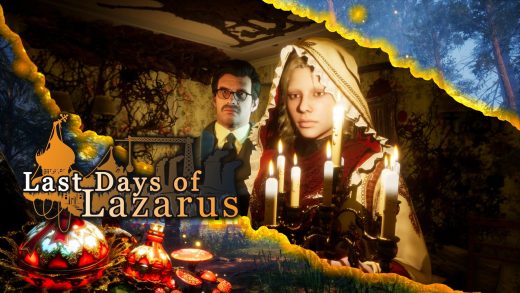‘Iyashikei’ healing manga comforts readers with attention to small joys

This article was originally published on The Conversation, an independent and nonprofit source of news, analysis and commentary from academic experts. Disclosure information is available on the original site.
___
Author: J. Andrew Deman, Professor of English, University of Waterloo
Iyashikei is a Japanese genre that, according to Japanese studies scholar Paul Roquet, tells stories that are designed to comfort and heal weary readers by creating an aesthetic of calm. In order to achieve this, as Roquet articulates, these stories are presented as tales with little or no plot conflict.
That simple idea is, however, somewhat antithetical to longstanding western storytelling traditions, where conflict has been considered key to plot development.
Screenwriting guru Robert McKee simply states that “nothing moves forward in a story except through conflict.”
Yet, instead of conflict, iyashikei typically provides, as educator Patricia Thang notes, “a feeling of warmth and comfort, like curling up in a big blanket with a cup of tea and fuzzy socks.”
Iyashikei comes from “iyashi,” which can be translated as “healing,” “soothing” or even “therapy,” and “kei,” which means “type,” notes Roquet. He links the emergence of iyashikei to Japan’s economic downturn in the 1990s, where iyashi cultural outputs began operating across a wide array of media (including anime and manga, but also literature, commercials and cinema).
Examples of Iyashikei manga
Iyashikei has found a noteworthy home in the medium of manga — Japanese comics of international renown, which in 2023 had an estimated US$14 billion market value. Many iyashikei manga have been made into related anime.
Popular stories that fall into this healing type include Yuru Camp (also known as Laid-Back Camp), A Man and His Cat, Flying Witch, Girls Last Tour, Aria and How to Keep a Mummy.
Each of these stories offer readers the fuzzy socks experience described by Thang.
Consider, for example, A Man and His Cat, which tells the simple tale of a lonely older man who adopts an ugly and unwanted cat. The manga is completely devoid of a clearly defined conflict, and so the reader is simply left to vicariously experience the affection that grows between the two titular characters and the life that they build together in the wake of their respective experiences of loneliness and isolation.
The series creator, Umi Sakurai, notes in an interview:
“A Man and His Cat is a picture made of small, happy moments, little exchanges of thoughtfulness that can be found anywhere in our daily lives.”
Chapters focus on things such as the man (Kanda) choosing the right toys for his cat (Fukumaru) or on Fukumaru discovering the joy of listening to Kanda play the piano, with accompanying visuals rendered in a pleasing aesthetic. Other visuals simply emphasize expression through close-ups that project things like happiness or simply calm.
Early Iyashikei in North American market
One of the great early successes for iyashikei in the North American is Natsuki Takaya’s Fruits Basket, which began in 1998 and sold over 30 million copies globally before fostering multiple adaptations in a variety of media.
Fruits Basket tells the story of Tohru Honda, an orphaned young woman. The story narrates her experiences with the Sohma family, and occurrences that isolate the Sohmas from society, including intergenerational trauma and family members’ competition with each other.
As rhetoric instructor and writer Erika Arivett notes, “the characters, like the readers, are encouraged to struggle, grieve and heal in their experiences of trauma.” The end result is a manga that can be deeply relatable and soothing to anyone who has experienced things like isolation, loss, violence or depression.
Multiple scholars and commentators have identified the popularization of a healing type genre as a development that makes sense within the context of Japanese culture navigating varied crises and stressors related to social and technological modernization.
The suggested correlation is that times of great cultural stress call for cultural healing through the media that we consume.
Culture, stories and wellness
Underlying the concept of iyashikei stories are more fundamental questions about the capacity for culture and stories to provide healing.
These questions are entwined in concepts explored by the academic fields of Graphic Medicine, the intersection between the medium of comics and the discourse of health care, or narrative-based medicine — work by health-care practitioners that acknowledges stories have powerful impacts on patient care and the fulfilment of practitioners.
Based on the popularity of iyashikei stories and the widespread interest in connections between narrative and healing, it would seem multiple disciplines and communities are wondering if maybe we have enough conflict in our world these days.
With the iyashikei genre, readers in want of healing more than adventure gain an enriched palate of experiences.
___
J. Andrew Deman does not work for, consult, own shares in or receive funding from any company or organisation that would benefit from this article, and has disclosed no relevant affiliations beyond their academic appointment.
___
This article is republished from The Conversation under a Creative Commons license. Disclosure information is available on the original site. Read the original article: https://theconversation.com/iyashikei-healing-manga-comforts-readers-with-attention-to-small-joys-237117
Credit: ‘Iyashikei’ healing manga comforts readers with attention to small joys


